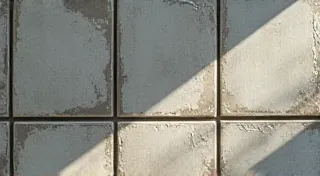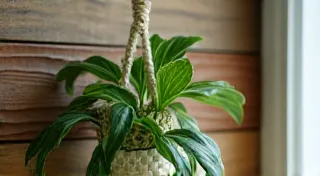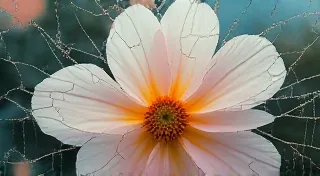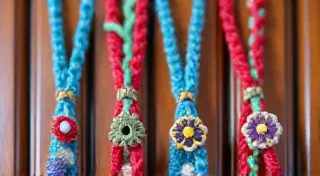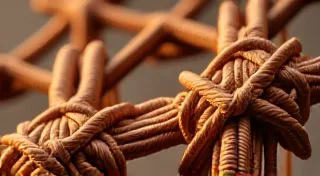Welcome to the wonderful world of macrame! Before you dive into intricate knots and stunning projects, there's a fundamental skill you need to master: accurately measuring and cutting your macrame cord. It might seem simple, but proper cord preparation is essential for a professional-looking finish and minimizing wasted materials. This guide will walk you through the basics, giving you the confidence to tackle any macrame project with precision.
Think of it this way: even the most beautifully tied knots will look messy if your cord lengths are inconsistent. Improper measurement can lead to:
While this guide focuses on measuring and cutting, it’s worth briefly mentioning cord selection. Macrame cord comes in various materials (cotton, hemp, jute, synthetic) and thicknesses. Your project's desired look and feel will dictate your choice. Thicker cords require proportionally more length when cut. Investing in quality tools and supplies is also key to success. If you’re unsure where to start, check out our guide to Macrame Tools & Supplies: What You Really Need to Get Started for a comprehensive overview.
Figuring out how much cord you need can be tricky for beginners. Here's a simple approach:
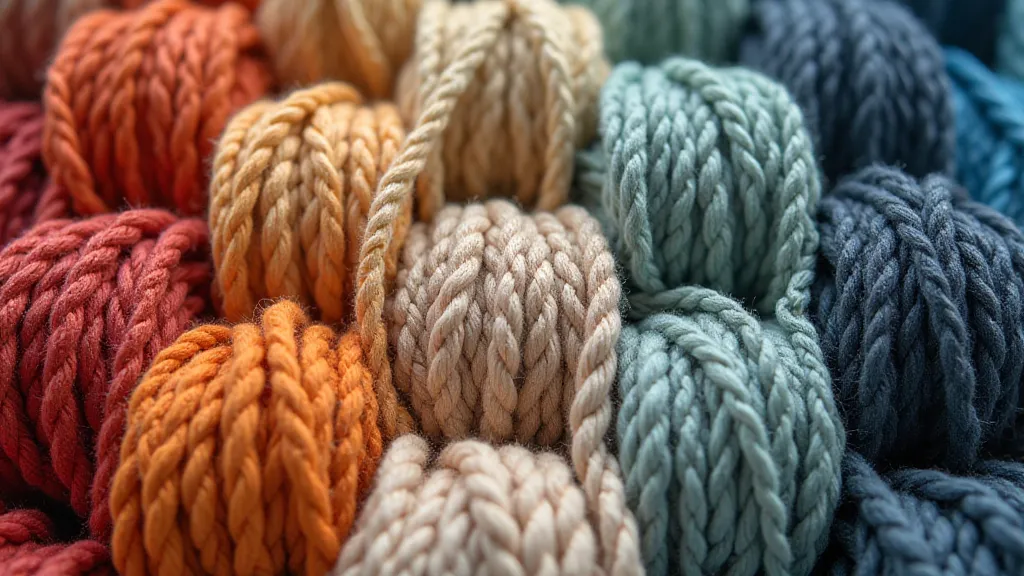
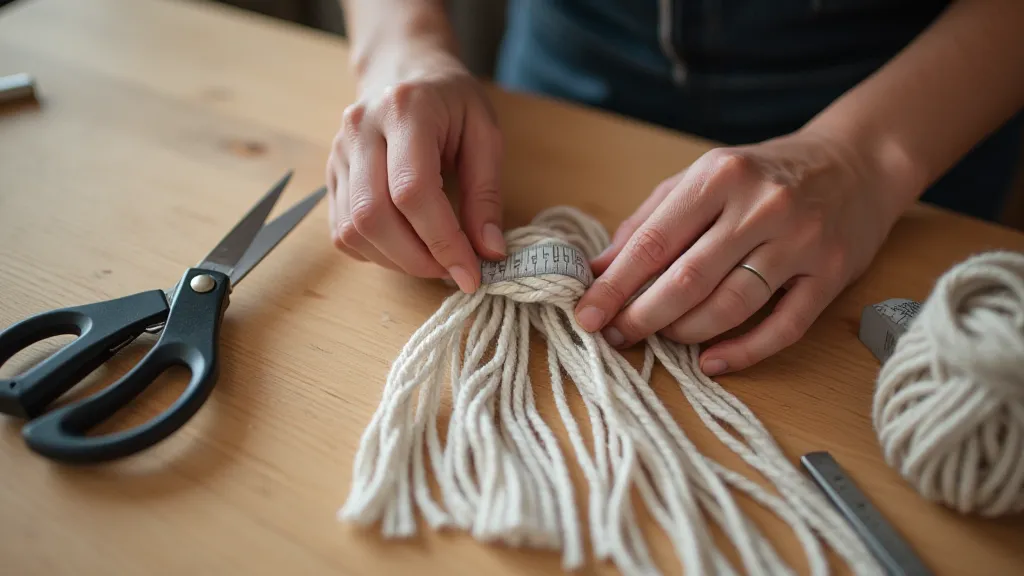
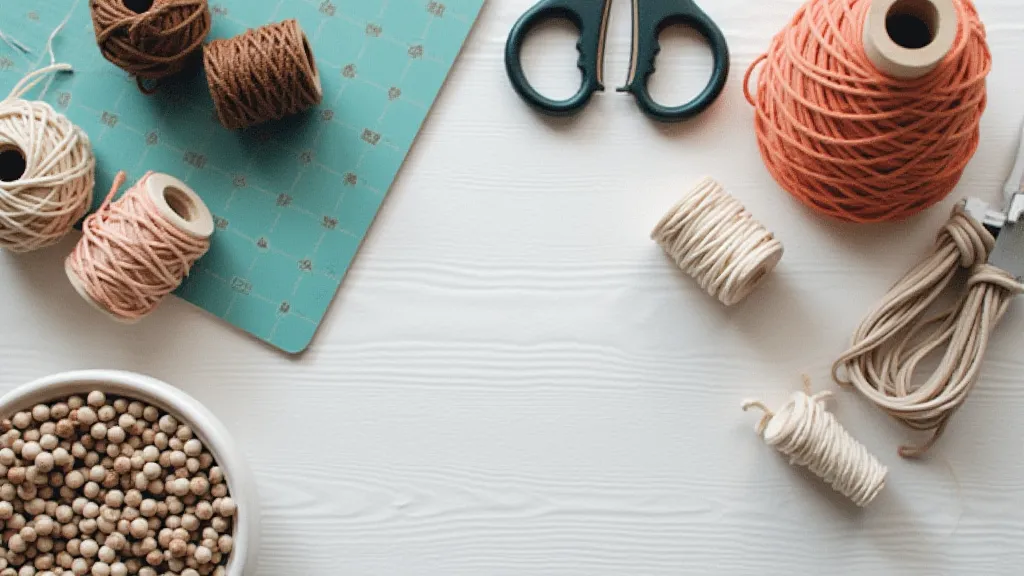
- Cord Twisting: Cord, especially synthetic types, can twist during the cutting and knotting process. To combat this, periodically un-twist the cord as you work.
- Fraying: Excessive fraying can be minimized by using sharp scissors and sealing the ends with a dab of fabric glue (optional).
- Cord Stiffness: Some cords, especially jute, can be quite stiff. Gentle stretching and manipulation can help soften them.
- Color Bleeding: Certain dyes can bleed, especially when wet. Test a small area of the cord before starting your project.
- Combining Macrame with Other Crafts: Integrate macrame elements into weaving, embroidery, or mixed media projects.
- Creating Three-Dimensional Structures: Venture beyond flat hangings and explore creating lampshades, sculptural forms, or wearable art.
- Developing Your Own Patterns: Design and document your unique knotting sequences to share with others.
